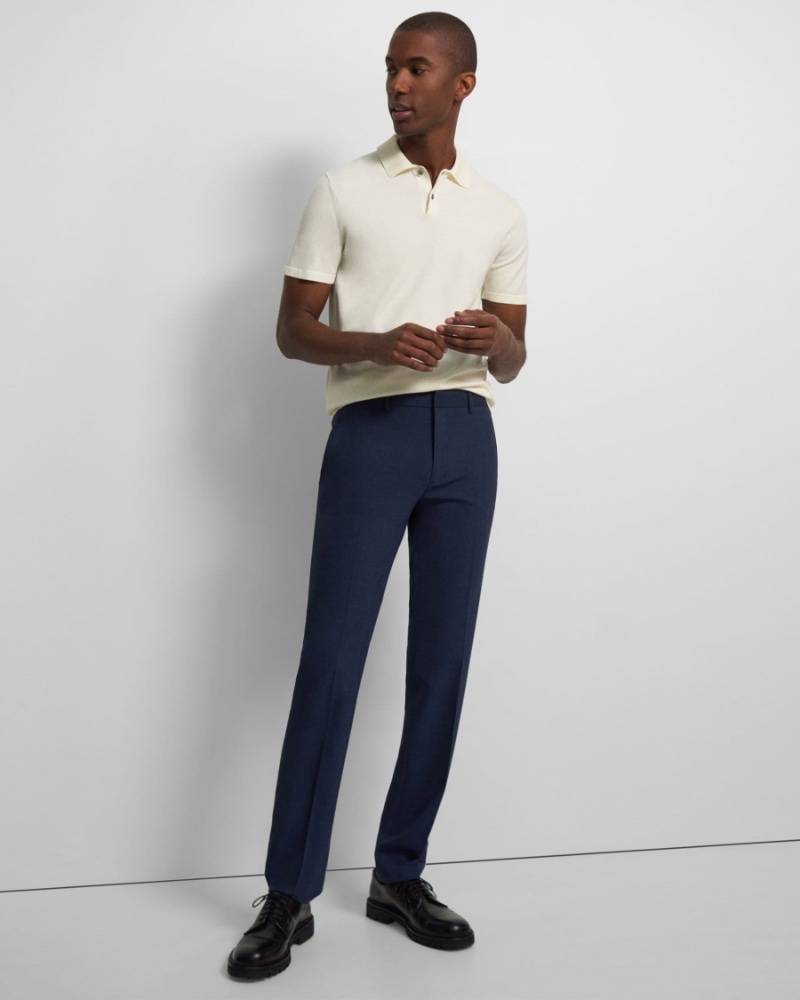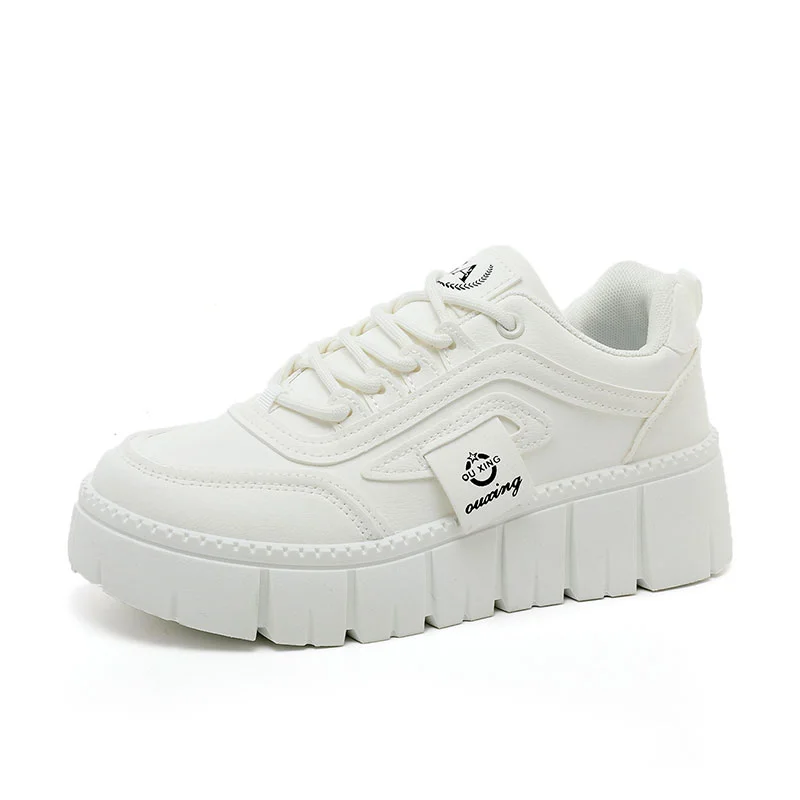When it comes to shopping for clothes, one of the most common dilemmas we face is whether to buy bigger or smaller sizes. Finding the perfect fit is crucial for comfort, style, and confidence. In this blog post, we will delve into the factors to consider when deciding between bigger or smaller clothes, exploring the advantages and disadvantages of each option. So, let's dive in and unravel the great fit debate!
- Comfort and Mobility:
One of the primary considerations when choosing between bigger or smaller clothes is comfort and mobility. Bigger clothes may provide a looser fit, allowing for more freedom of movement. However, excessively oversized garments can be cumbersome and restrict movement. On the other hand, smaller clothes may offer a more tailored fit, enhancing comfort and ease of movement. It is essential to strike a balance between comfort and style to ensure a pleasant wearing experience. - Style and Aesthetics:
The choice between bigger or smaller clothes significantly impacts your overall style and aesthetics. Bigger clothes can create a relaxed and casual look, perfect for certain occasions or personal preferences. They can also be flattering for individuals who wish to conceal certain body features. Conversely, smaller clothes tend to accentuate your figure, highlighting your curves and creating a more fitted and polished appearance. The choice ultimately depends on your personal style goals and the occasion for which you are dressing. - Body Shape and Proportions:
Understanding your body shape and proportions is crucial when deciding between bigger or smaller clothes. For individuals with a leaner physique, smaller clothes can help create the illusion of curves and add definition. On the other hand, those with a fuller figure may find that bigger clothes provide a more flattering and comfortable fit. It is essential to embrace your body shape and choose clothes that enhance your natural features, regardless of the size. - Fabric and Material:
The type of fabric and material used in clothing also plays a significant role in determining whether bigger or smaller clothes are better. Stretchy fabrics, such as spandex or elastane blends, can accommodate different body sizes and shapes, making them suitable for both bigger and smaller clothes. However, fabrics with limited stretch may require more precise sizing to ensure a proper fit. Additionally, certain materials, like denim or structured fabrics, may be more forgiving in terms of fit, allowing for slight variations in size. - Personal Preference and Trends:
Ultimately, personal preference and current fashion trends can heavily influence the decision between bigger or smaller clothes. Some individuals prefer a more relaxed and oversized look, while others gravitate towards a more fitted and tailored style. It is essential to stay true to your personal style and experiment with different sizes to find what makes you feel confident and comfortable. Additionally, keeping up with fashion trends can provide inspiration and guidance when deciding on the right fit for your wardrobe.
Conclusion:
The debate between buying bigger or smaller clothes is subjective and depends on various factors, including comfort, style, body shape, fabric, and personal preference. Striking a balance between comfort and aesthetics is key to finding the perfect fit. Remember, there are no hard and fast rules when it comes to fashion, and experimenting with different sizes can lead to discovering your unique style. So, whether you opt for bigger or smaller clothes, embrace your individuality and wear what makes you feel your best!








+ There are no comments
Add yours